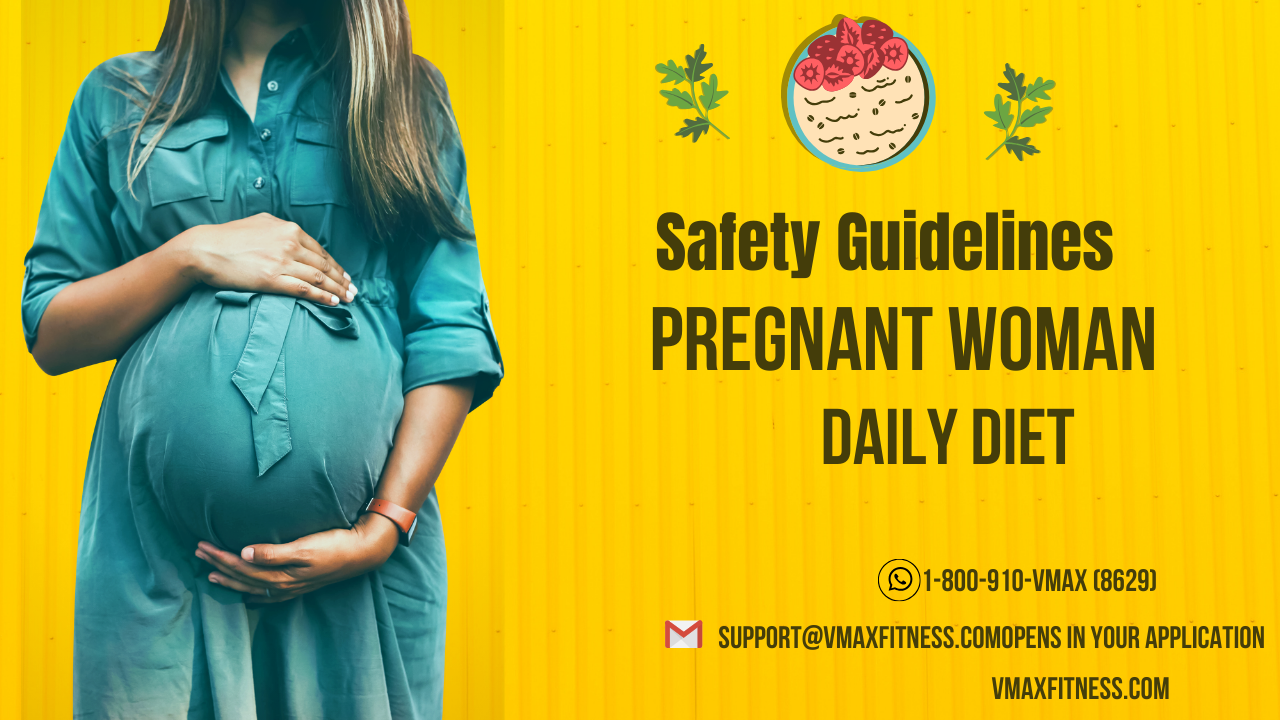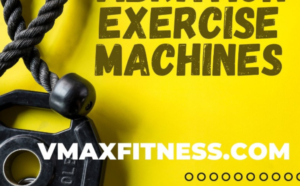Introduction
Navigating the diverse needs of special populations requires a thoughtful and compassionate approach. The foundation of our strategy lies in crafting safety guidelines that effectively address the unique challenges faced by seniors, pregnant women, and those managing medical conditions. These guidelines serve as a blueprint for comprehensive care and support.
Understanding Seniors
Physiological Changes with Aging
As individuals age, their bodies undergo a natural and intricate series of physiological changes. Recognizing these changes and their implications is pivotal for ensuring their safety and well-being.
Common Safety Guidelines
Seniors often encounter a spectrum of safety concerns, ranging from the risk of falls to the management of medications and the maintenance of overall health. By proactively addressing these concerns, we enhance the quality of life for this demographic.
Safety Guidelines for Seniors
Fall Prevention Strategies
The vulnerability of seniors to falls necessitates the implementation of proactive strategies. By eliminating potential tripping hazards, installing secure grab bars, and promoting a regimen of tailored exercises, we significantly mitigate the risk of falls.
Medication Management
Given the likelihood of seniors being on multiple medications, an effective management approach is paramount. Structuring pill dispensing systems, setting up medication reminders, and conducting regular reviews with healthcare professionals are integral aspects of safeguarding their well-being.

Addressing Pregnancy Safety Guidelines
Physiological Changes during Pregnancy
Pregnancy heralds a remarkable journey accompanied by profound physiological changes. A comprehensive understanding of these transformations is pivotal in ensuring the safety and health of expectant mothers.
Pregnancy-Specific Safety Guidelines
The safety of pregnant women hinges on a nuanced approach. By avoiding harmful substances, maintaining optimal hydration levels, and facilitating adequate rest, we contribute to a secure and thriving pregnancy.
Safety Measures for Pregnant Women
Nutrition and Hydration Safety Guidelines
The role of nutrition and hydration during pregnancy is pivotal. Adhering to a well-balanced diet replete with essential nutrients, coupled with proper hydration, underpins the well-being of both the mother and the developing fetus.
Exercise and Rest Recommendations
The delicate equilibrium between gentle physical activity and ample rest is a cornerstone of pregnancy safety. By endorsing suitable physical exercises and prioritizing restful sleep, we champion a pregnancy journey characterized by well-being and security.
Managing Medical Conditions
Importance of Individualized Approach
Central to our safety paradigm is the recognition that each medical condition necessitates a personalized strategy. By tailoring safety guidelines to cater to the unique requisites of individuals, we pave the way for comprehensive care and effective management.
Safety Guidelines for Different Medical Conditions
Cardiovascular Health
Individuals grappling with heart conditions demand specialized guidelines encompassing exercise, dietary choices, and stress management. Consistent monitoring of blood pressure and routine medical evaluations play a pivotal role in maintaining optimal cardiovascular health.
Hypertension and Safety Measures
The intricate management of hypertension revolves around a lifestyle overhaul. By advocating reduced salt intake, regular engagement in physical activities, and unwavering adherence to prescribed medications, we fortify the foundations of hypertension management.
Respiratory Conditions
For individuals contending with respiratory conditions such as asthma and COPD, specialized safety measures are indispensable. Mastery over inhaler usage, adeptness in breathing techniques, and diligent avoidance of triggers constitute the bedrock of respiratory well-being.
Asthma and Respiratory Safety Guidelines
Mitigating the challenges posed by asthma necessitates a multifaceted approach. A comprehensive understanding of triggers, mastery of inhaler techniques, and the presence of a well-defined action plan harmoniously combine to enhance respiratory safety.
COPD and Breathing Techniques
Individuals managing COPD benefit immensely from honing breathing techniques such as pursed-lip breathing and diaphragmatic breathing. These practices serve as potent tools for enhancing lung function and fostering a heightened sense of well-being.
Diabetes Management
Effectively managing diabetes requires a multi-pronged strategy. Meticulous blood sugar monitoring, adherence to tailored diets, and the astute management of medications form a triad of pillars upon which diabetes safety rests.
Blood Sugar Monitoring
The cornerstone of diabetes management lies in vigilant blood sugar monitoring. By adhering to a regimen of consistent monitoring and leveraging insights to tailor dietary and medication adjustments, we empower individuals to navigate their condition safely.
Medication and Diet Safety Guidelines
Harmonizing medication regimens with dietary patterns is a delicate art. By facilitating open lines of communication with healthcare providers and diabetes educators, we foster an environment conducive to the safe and effective management of diabetes.
Neurological Disorders
Safety Guidelines for Epilepsy
Individuals contending with epilepsy demand an approach that centers on comprehensive safety strategies. A seizure-proof environment, unwavering adherence to medication schedules, and proficiency in administering seizure first aid collectively contribute to a safer existence.
Alzheimer’s and Dementia Care
Caring for individuals grappling with Alzheimer’s or dementia necessitates a holistic and vigilant safety approach. By curating living spaces that minimize hazards, promoting cognitive engagement, and establishing a secure environment, we champion their well-being.
Physical Disabilities
Mobility Assistance
The autonomy and safety of individuals with physical disabilities are intrinsically linked to mobility assistance. Facilitating access to mobility aids, retrofitting living spaces for accessibility, and ensuring viable transportation options are pivotal elements of our safety paradigm.
Accessibility and Home Safety Guidelines
Creating a living environment that caters to the unique needs of individuals with physical disabilities is a cornerstone of safety. Through the installation of ramps, handrails, and accessible bathrooms, we foster an environment characterized by inclusivity and security.
Mental Health Considerations
Anxiety and Stress Management
Managing anxiety and stress is a critical facet of overall safety. By introducing mindfulness techniques, advocating for therapeutic intervention, and establishing robust support networks, we fortify mental well-being.
Depression and Safety Measures
Individuals confronting depression require a supportive ecosystem. By fostering an environment that encourages open dialogue, endorsing therapy as a cornerstone of treatment, and ensuring adherence to prescribed interventions, we underscore the importance of their safety.
Creating a Safe Environment
Home Modifications
Tailoring living spaces to accommodate the unique needs of special populations is a testament to our commitment to safety. By implementing modifications such as improved lighting, slip-resistant flooring, and the strategic arrangement of household items, we curate an environment that exudes security.
Preventing Accidental Injuries
The pursuit of accident prevention is rooted in a proactive approach. Through education, vigilant supervision, and the dissemination of awareness regarding potential hazards, we champion an environment where the risk of accidental injuries is significantly diminished.
Nutrition and Diet
Tailored Dietary Safety Guidelines
We recognize the pivotal role of nutrition in the well-being of special populations. By offering tailored dietary guidelines that emphasize nutrient-rich foods, we create a nutritional roadmap that not only supports health but also ensures safety.
Importance of Adequate Nutrition
Nutrition, as a cornerstone of well-being, is integral to our safety narrative. By providing individuals with the necessary nutrients to support bodily functions



